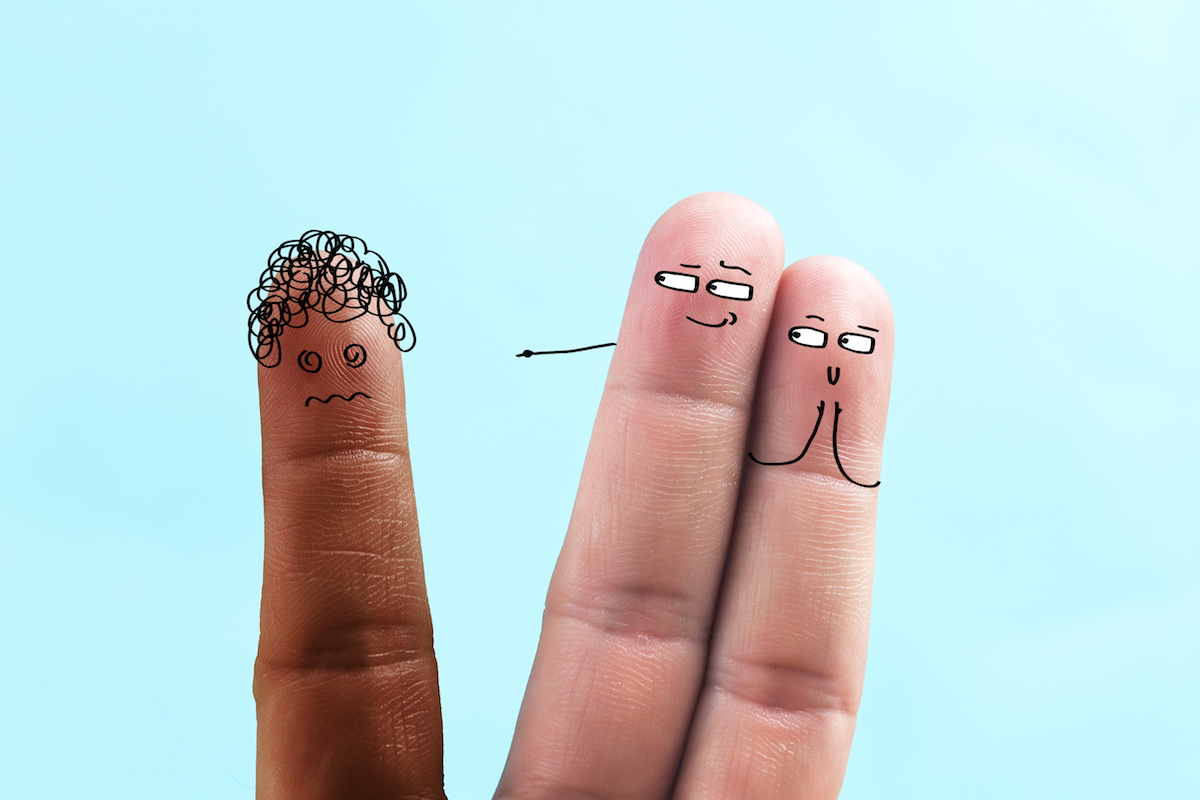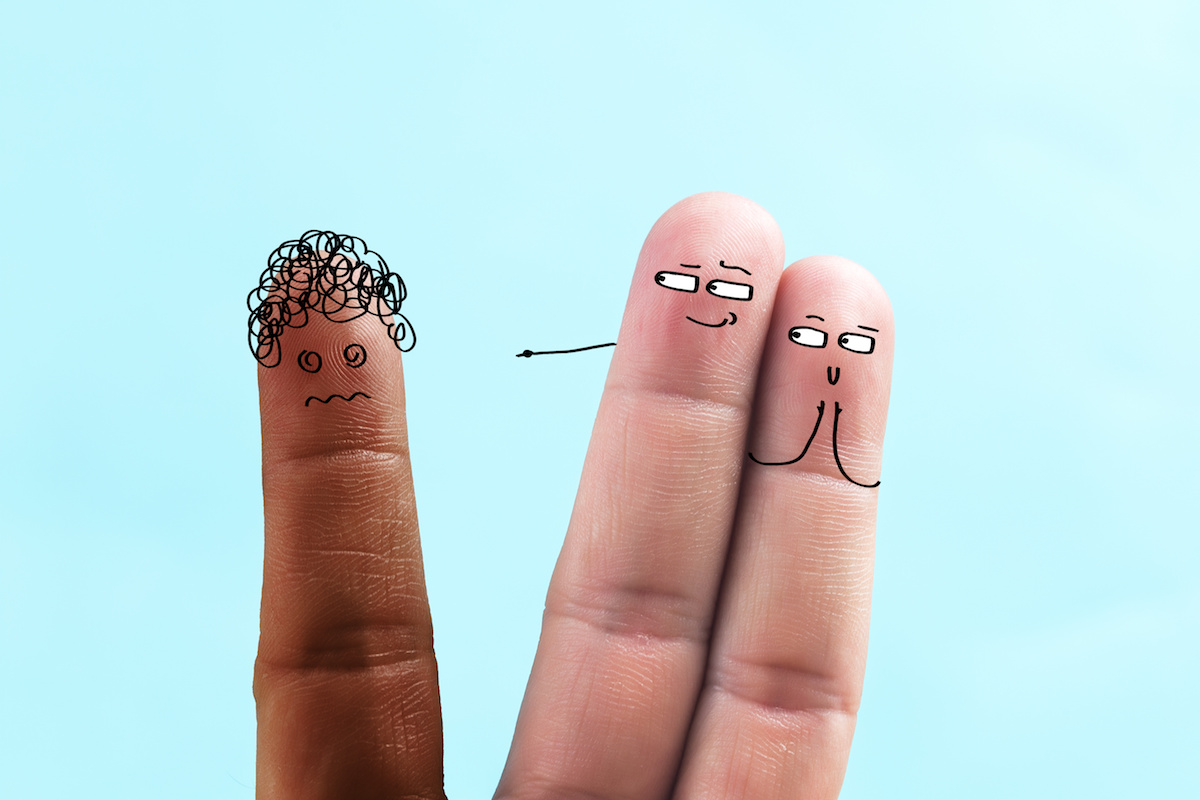Discrimination in the New Normal


I once heard someone say, “Mexicans are the new Black people.” I almost had a severe case of whiplash resulting from how quickly I turned my head to see who would say such foolishness aloud.
“The new Black people, where did the old Black people go?”
What they were attempting to say, albeit a failed attempt, was that historically discrimination against Black people had been commonly known, socially supported, and legally sanctioned. It has only been over the last few decades that laws have existed that reversed previous statutes and prohibited discrimination against Black people. In their estimation, this sanctioned discrimination once visited upon Black people was now happening to Mexican people and Mexican descent people via immigration laws and suggested legislation.
There’s Nothing New About Discrimination
While the same old discrimination exists, there is a new element on the scene. It falls under a pre-existing category, discrimination based on a medical condition. The medical condition? COVID 19, Coronavirus, The Rona, whatever name you choose, you need to be on the lookout for discrimination based on this medical condition in your workplace.
It may sound weird to some people, but there was a time when racial discrimination, especially against certain groups, was acceptable, kind of like how it is OK to feel uncomfortable around people that may have or had COVID 19.
Discrimination is Discrimination
Whereas there was a time when the quickest way to get evicted from a public place was to yell “fire” or some obscenity; now, a simple cough will get you the stares of death and a personal security escort out of a facility. Recently, I was on a call with trainers preparing for upcoming training sessions. Though most of the trainers would be doing training in a virtual environment, a few trainers would be conducting face-to-face training.
We discussed safety measures to ensure that both participants and facilitators were kept safe: masks, six feet apart, temperature checks at the door, and other safety protocols. One of the trainers spoke up, and with all of the audacity of the Queen of England addressing her subjects, she proclaimed, “if someone coughs, I am going to ask them to leave or have them removed.”
Did I mention this trainer would facilitate training on bias, harassment, and discrimination in the workplace? This trainer studies and teaches this stuff, and without taking a breath, they made a discriminatory statement that indicated they would take a discriminatory action. They were in a blink, yet she so cavalierly announced her premeditated plans to discriminate despite being trained and hired to teach on such a topic. While this may seem like precaution, organizations must be careful to prevent precaution from turning into discrimination.
What If They Say Yes
Discrimination based on a medical condition is illegal. Let’s get that out of the way. Coronavirus is a medical condition; this means your organization has to navigate between keeping employees safe from spreading this or any virus and keeping the company out of court. Organizations know to ask the question, “have you tested positive for the Coronavirus?” but do your employees know what to do or how to respond if the answer is “yes.”
So What Do We Do
Discrimination at its core is founded in fear: fear of the unknown and fear of the other. So what do we do?
1. Use science as a basis for ALL actions: the medical doctors, researchers, public health professionals, and epidemiologists are all working day and night researching and addressing the pending concern. It is not helpful to insert what you heard your auntie’s cousin’s father-in-law’s sister’s boyfriend’s brother, who is the janitor at the company who contracts the drivers for the firm that washes the sheets at the hospital. Ensure all policies for precaution and strategies for return to work are found in scientifically-based information.
2. Review your policies on illness: Let’s be clear, COVID 19 is a medical condition, and while COVID 19 is new, illness is not. Before you respond inappropriately, ask, “How have we handled illness in the past.” Inconsistency in treatment is the foundation of discrimination.
3. Get trained: Part of discrimination based on a medical condition is fear of contracting the illness. Your people need to be trained by experts on maintaining a safe work environment by keeping themselves and their co-workers safe. The more employees know how to avoid contracting the virus, the less likely they are to discriminate against those who may have or have had COVID 19
4. Designate a team: Organizations need to address this like a system’s implementation. This team needs to communicate the plan, implement the strategy, and ensure compliance. Safety is everyone’s business but maintaining a safe environment is much easier when there are company policies and a team or department where concerns may be addressed. Having a place to get guidance and express concerns while also having a place to complain has a positive impact on decreasing workplace discrimination.
While this is not a definitive list of what to do to avoid COVID discrimination, what is definitive is that you must protect your employees from discrimination in the “new normal”.
Is this something that you or your company has thought about? How do you plan on addressing this issue should it arise?



Really enjoyed this blog. Really looking forward to read more. Keep writing. Luise Baird Matthia